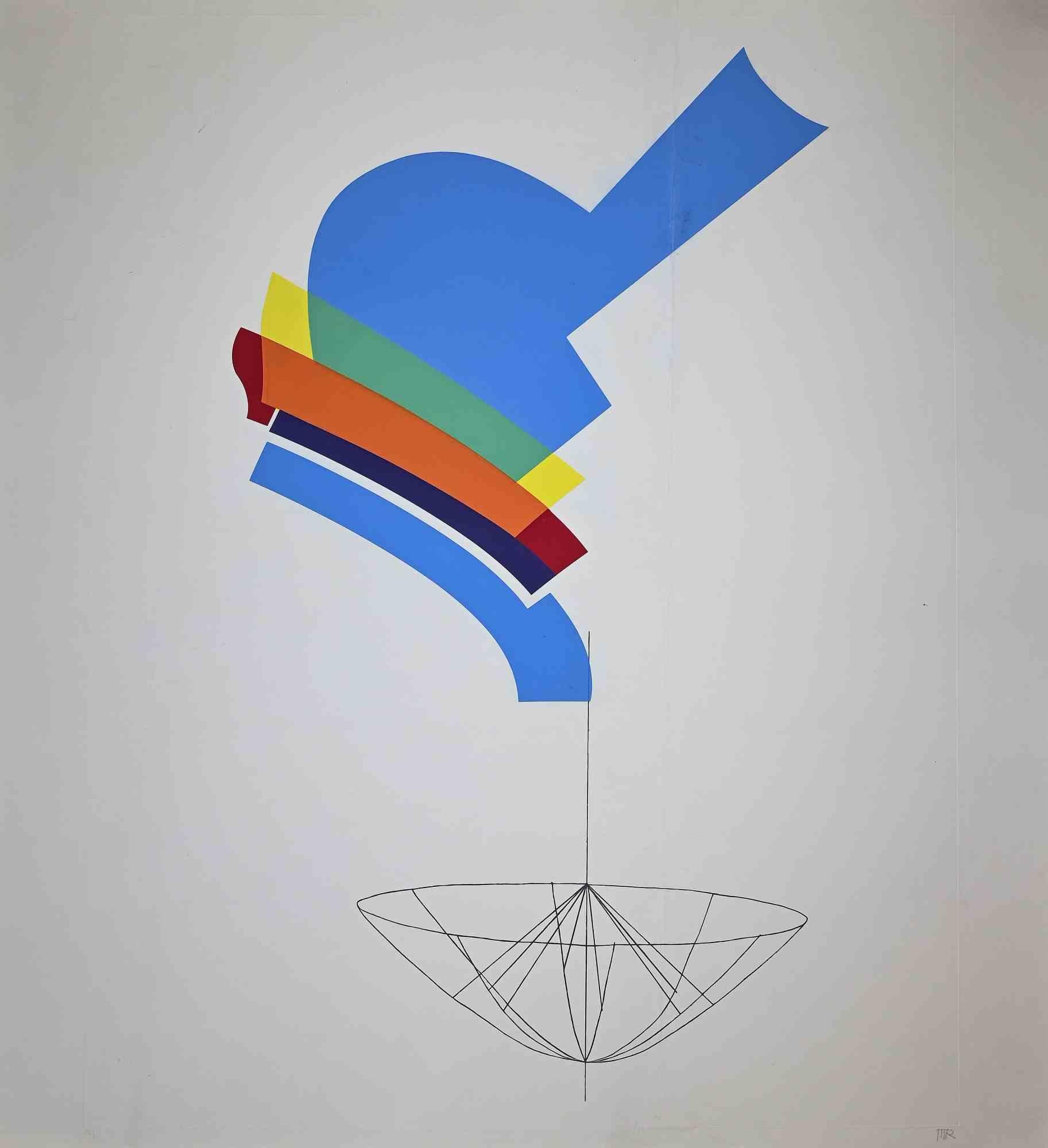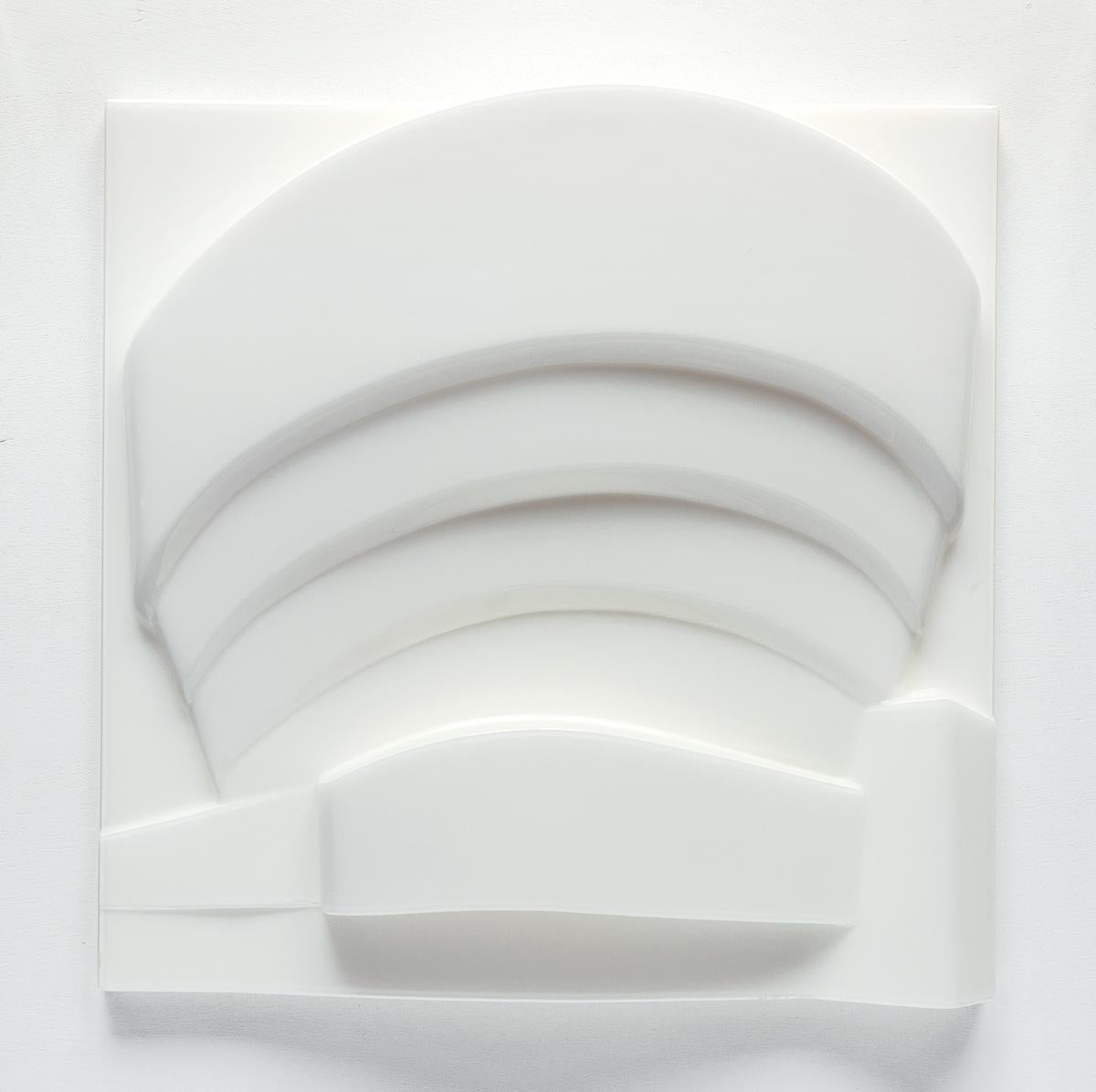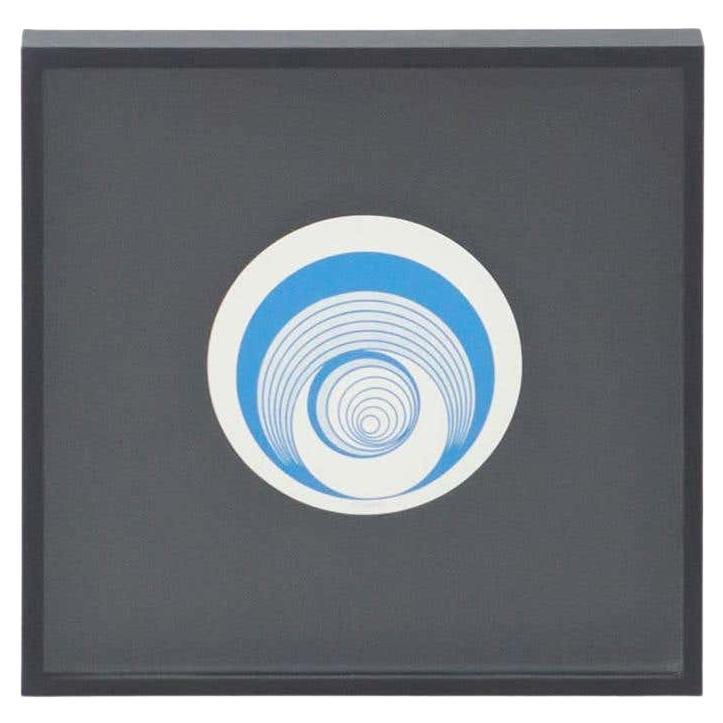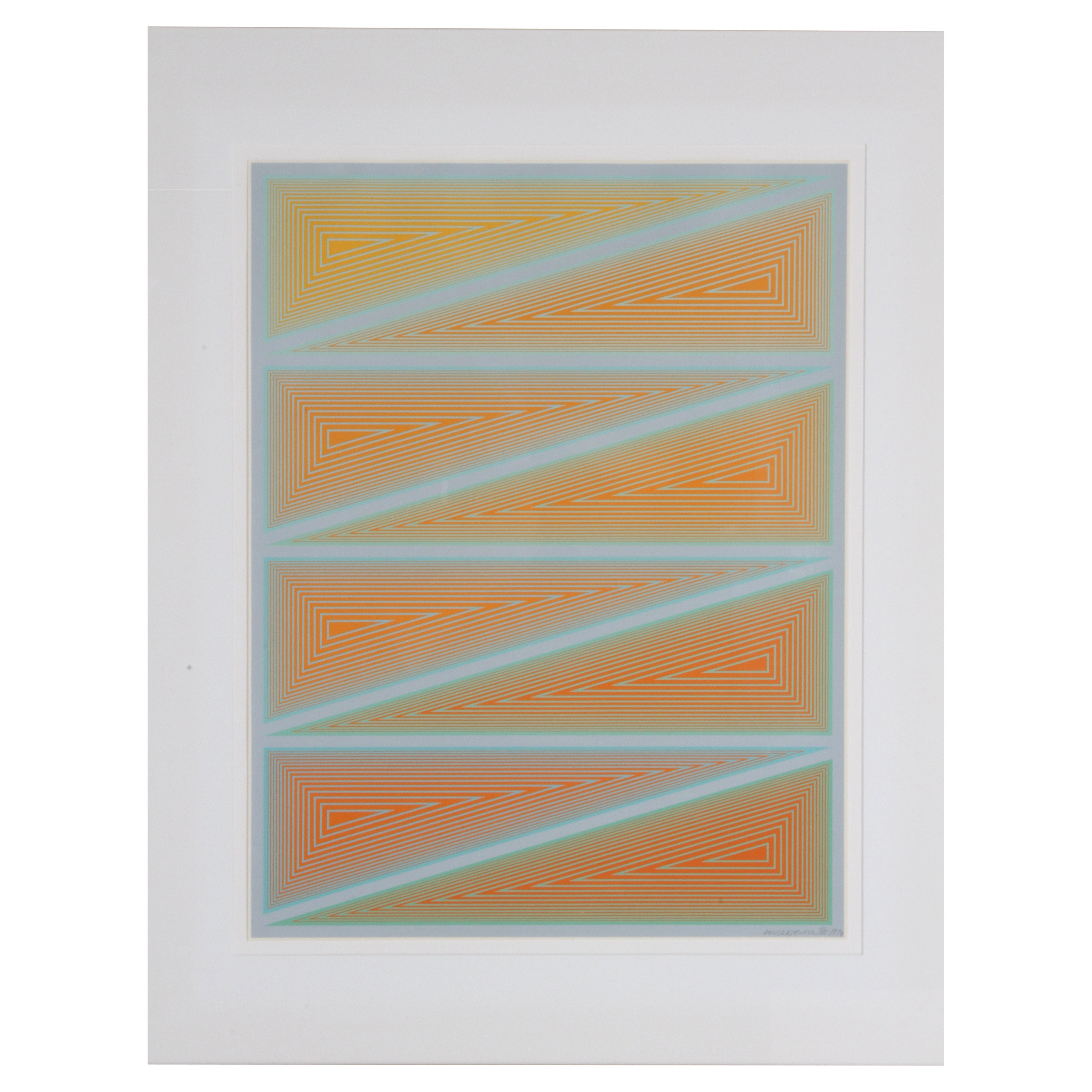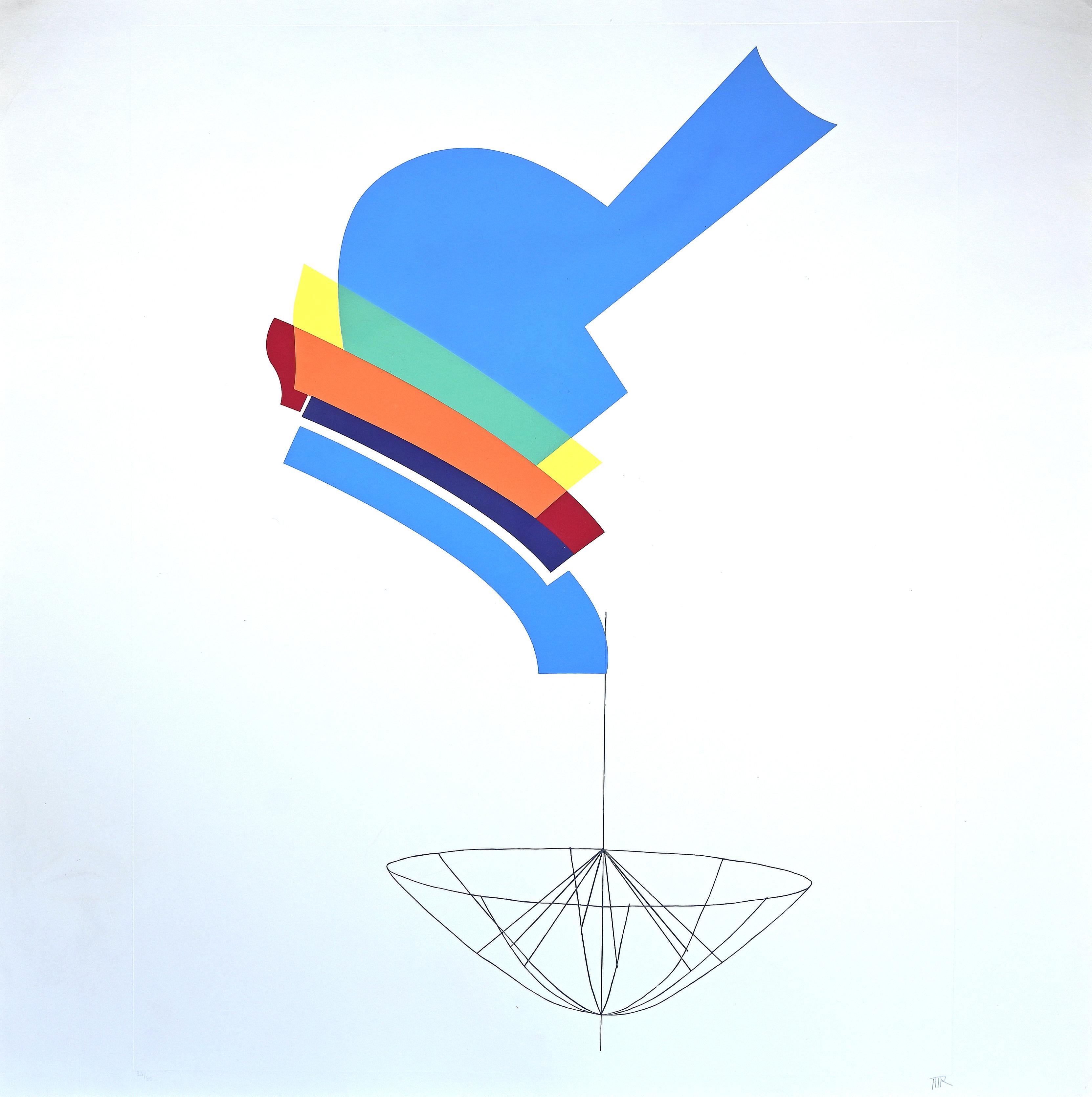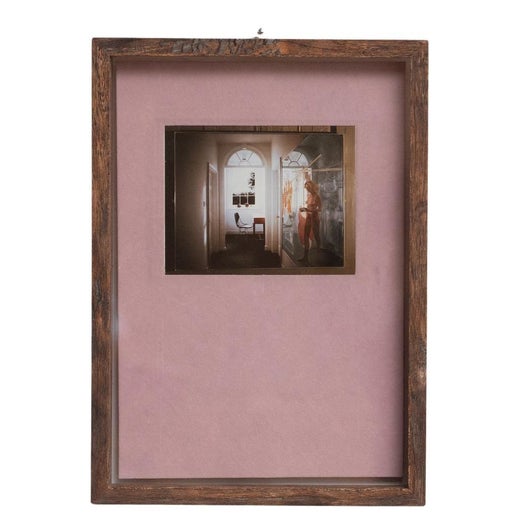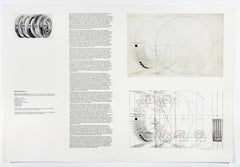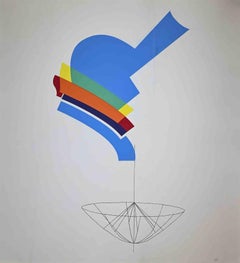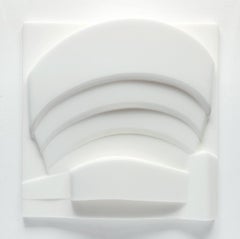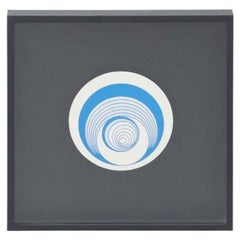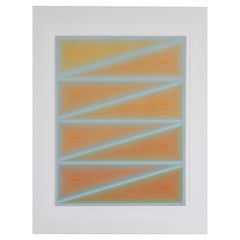Richard HamiltonOculist witnesses (après Marcel Duchamp) glass sculpture with silver screenprint1968
1968
About the Item
- Creator:Richard Hamilton (1922 - 2011, British)
- Creation Year:1968
- Dimensions:Height: 25.59 in (65 cm)Width: 20 in (50.8 cm)Depth: 8 in (20.32 cm)
- Medium:
- Movement & Style:
- Period:
- Condition:Some scuffs and wear commensurate with age.
- Gallery Location:New York, NY
- Reference Number:1stDibs: LU1211215908182
Richard Hamilton
Richard Hamilton was born in Pimlico, London on February 24, 1922. He did an apprenticeship for an electrical components firm, during which time he began to take evening classes at Saint Martin’s School of Art and the Westminster School of Art.
In 1938, Hamilton enrolled in the Royal Academy of Arts. His studies here were unfortunately cut short the following year as he joined the army as a technical draughtsman for the duration of World War II. Following the war, Hamilton spent two years at the Slade School of Art, University College, London.
Hamilton began to exhibit his art at the Institute of Contemporary Art (ICA), and taught at the Central School of Art and Design from 1952. The first major exhibition of Hamilton’s paintings was shown at the Hanover Gallery, London in 1955. In 1993, Hamilton represented Great Britain at the Venice Biennale and was awarded the Golden Lion. He has been the subject of several major exhibitions at Tate in London, notably in 1970 and 1992. Other retrospectives include at the Solomon R. Guggenheim Museum in New York in 1973, MACBA in Barcelona, Museum Ludwig in Cologne and the Neue Nationalgalerie in Berlin.
In 2010, the Serpentine Gallery presented Hamilton’s work “Modern Moral Matters,” an exhibition which largely focused on Hamilton’s political and protest works. Hamilton has been showcased in the Minneapolis Institute of Art’s “Richard Hamilton: Pop Art Pioneer 1922-2011,” and the National Gallery’s “Richard Hamilton: The Late Works” opened in 2012.
Hamilton has been awarded with the John Moores Painting Prize (1969), the Talens Prize International (1970), the Leone d’Oro (1993), the Arnold Bode Prize (1997) and has been made a Member of the Order of the Companions of Honour (CH) in 2010. The Tate gallery in London has the largest repository of Hamilton’s work, but he is collected worldwide including at the Alan Cristea Gallery and the Museo Ncional Centro de Arte Reina Sofía.
Find authentic Richard Hamilton prints and other art on 1stDibs.
(Biography provided by Shapero Modern)
- ShippingRetrieving quote...Shipping from: New York, NY
- Return Policy
More From This Seller
View All1970s Abstract Prints and Multiples
Lithograph, Color
1970s Abstract Abstract Prints
Drypoint, Aquatint
Late 20th Century Pop Art Abstract Prints
Lithograph
Late 20th Century Pop Art Figurative Prints
Lithograph
1980s Pop Art Portrait Prints
Engraving, Etching, Aquatint
1970s Abstract Abstract Prints
Drypoint, Etching
You May Also Like
1970s Surrealist Abstract Prints
Etching, Screen
1970s Contemporary Figurative Sculptures
Acrylic Polymer
Vintage 1980s French Mid-Century Modern Prints
Paper
Vintage 1970s American Mid-Century Modern Prints
Metal
1980s American Modern Abstract Prints
Lithograph, Stencil
1970s Surrealist Abstract Prints
Etching, Screen
